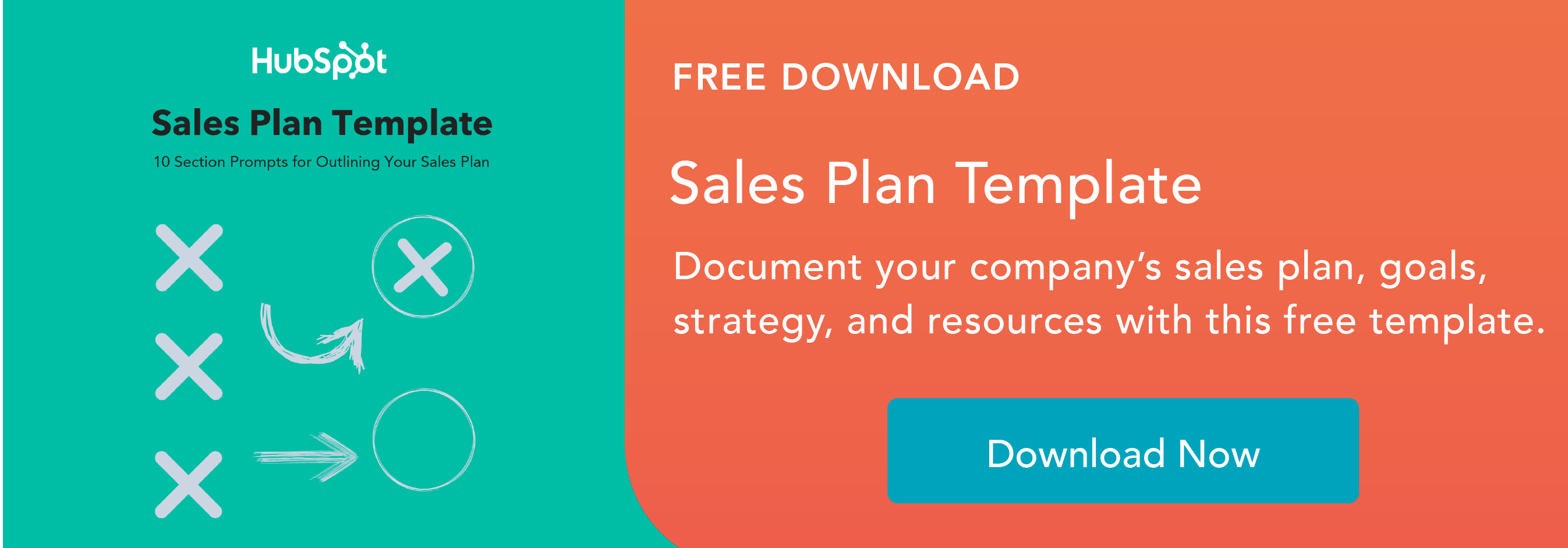People Buy from People They Like Quote
“All things being equal, people do business with and refer business to those people they know, like, and trust.” --Bob Burg
I swear, every day I see some salesperson on LinkedIn say, “What you missed is that in my 500 years of sales experience, people always buy from people. That will never change.”
I was acutely reminded of this while looking back on a LinkedIn post I wrote a year ago, seeing comments like these:


And while it might be true people often do buy from companies that employ people, the reason they must buy from people is because they must buy from salespeople. Not because the salesperson definitively adds value to the buyer (Though they certainly can!).
People Buy from Companies
Obviously, B2C understands this intimately, and buyers seem to have fully embraced the trend. Look at companies across so many different categories, like:
- Amazon - I buy almost everything I need on Amazon, and you probably do too. Nearly 50% of all product searches today start on Amazon. Ever spoken to someone to buy something through their website? That answer’s likely, “No.” The “Buy Now” button is all I need.
- Netflix - Somewhere along the way, “We all decided that we hated wearing pants and wanted to stay at home on our couch instead of getting dressed and driving to Blockbuster,” said sales expert Derek Wyszynski, when I asked him the write the concluding chapter in my book, Inbound Selling: How to Change the Way You Sell to Match How People Buy.
- Uber - We all wanted personal drivers and got sick of waiting to ride in the back of a cab with polyester seats that stank of vomit, so the world gave us Uber.
- Instacart/Seamless - This takes us back to the theme of “hatred toward pants.” We decided we’d rather pay someone to pick up and deliver our groceries, so we have services like Instacart and Seamless.
- TurboTax - We didn’t want to deal with CPAs and tax preparers directly anymore, so companies like TurboTax cut out the middleman and allow us to file our taxes from the comfort of home.
Of course, you’re thinking … “Yea, whatever, this is just B2C.” Is it? One of the most important lessons I’ve learned in the past year is “If you want to know where B2B sales is going, look at B2C sales first.” Why? Because B2C doesn’t have the luxury of solving problems with people. They must use technology. And, as soon as they figure out a distribution method that works, B2B will follow.
Hint: Amazon is now creating business applications for Alexa and Facebook has already created business applications for Messenger. Global Tech companies like Atlassian and Basecamp have 100,000 and 2.5 million users respectively worldwide, and neither have sales teams.
And software isn’t the only industry moving in this direction. Here are a few non-software examples:
- WeWork (Office space) - You can buy office space directly through their website without speaking with a sales rep.
- Upwork (Professional Services) - You can buy every professional service under the sun for your business (Marketing, copywriting, sales consulting, training, website design, app building, and so on) without ever talking to a sales rep.
- Rev (Transcription Services) - Upload an audio file and have it transcribed in under 24 hours … again, no sales reps.
- SpaceX (Rockets) - Did you know SpaceX has no sales team, aside from Elon Musk?
If you’re a B2B salesperson, do you actually think buyers are running through the streets screaming, “Stop AI! I love getting cold calls and talking to salespeople. Please don’t make it easy for me to purchase your widgets all by myself!” Of course not.
I’m not saying salespeople are not smart, high-value people. I am saying if the work we’re doing could be done without us -- or using less of our attention -- it should be.
So, how should salespeople move forward? First, it’s important to realize relationship selling is not a sustainable competitive advantage. People sometimes buy from people, but not because they want to -- usually, it’s because they have to.
Second, you must accept technology is the preferred buying channel -- and it’s an ally not an enemy. Use it to your advantage and stop trying to resist it.
Third, rethink what you bring to the table for your customers and your company. I already know what you’re going to say next: “I add value.” Every relationship seller says that but -- with the exception of a select few -- you’re going to find very few people who can articulate what it actually means or how to do it.
How to Get People to Buy Your Product or Service
- Read about industry trends impacting your buyers
- Walk a mile in your customers’ shoes by experiencing their pain
- Learn about open-ended questions and active listening
- Be the expert in your company’s product or service
- Take time to research and customize everything
- Walk away from deals regularly
If you want to be a value-based seller and stop relying on your existence as a human to be the value-add in sales, here’s what to do instead:
1. Read about industry trends impacting your buyers -- every day
Ask yourself if you can easily answer the following question without Google or your company’s homepage: “What are the top three things your prospective customers are concerned about today, and what are the best companies doing to fix it?”
If you can’t, you don’t read enough. Being able to answer this question, and others like it, could be the sole factor that distinguishes your value to prospective buyers. If you don’t know where to start, go back and talk with existing customers. Talk to your marketing team.
Follow industry blogs, and set up Google News Alerts for topics your customers care about. This is a hard muscle to build, but it can be built with practice and dedication.
2. Walk a mile in your customers’ shoes by experiencing their pain
Pain is everything. There are at least two general schools of thought in the sales world: Pain-based selling and opportunity-based selling. You’re either finding the nerve and pressing your thumb down on it hard, or you’re painting a picture filled with unicorns, rainbows, and treasure chests for your prospects.
In my opinion, pain-based selling is far more effective. But to know pain, you must experience it. I learned this quickly when I started at HubSpot. In my first 30 days on the job, I had to build and launch my own website as if I were a marketer -- the very persona I was selling into. This project made me far more effective at selling to our prospective customers.
3. Learn about open-ended questions and active listening
I was auditing Mark Roberge ’s Harvard Business School class recently, and he recapped the current state of the sales environment. He pointed out that few reps today actually understand the value of asking their prospects questions. He also remarked there are many reps out there practicing “Alligator Selling” (big mouth, small ears).
This is only reinforced by HubSpot Research showing buyers still think most sellers are pushy. In Roberge’s class, he starts by teaching his students questions are a valuable way of selling. Then, he explains closed-ended questions (yes/no questions) are better than no questions, but insufficient to understand what truly matters to a buyer.
Ultimately, he teaches them the value of open-ended questions starting with phrases like, “What’s your opinion on …” or, “To what extent …” or, “How do you think …” and “What led up to …”.
To understand what truly matters to your prospect, they must explain it to you in their own words -- before you consider positioning your solution as the one that will solve their challenge. Because, early and mid-sales process, you can’t fully understand which problems they’re trying to solve and why.
If you do, however, you’ll always be able to tailor your company’s solution within their specific context. Ultimately, this makes you more valuable to the prospect, which increases the chances of them becoming a customer.
Most importantly, using open-ended lines of questioning to get prospects to open up to you matters because most people are resistant to what they hear, but believe what they say. When you get them to say they need to change, there’s no selling involved. They’ve sold themselves for you.
4. Be the expert in your company’s product or service
Nothing replaces superior product knowledge. At the end of the day, knowing your company’s products or services better than anyone else can be the difference between you winning and losing deals.
Think of this from your customer’s perspective. If they see you have to ask someone else questions repeatedly, or bring someone else in to do product demos, etc. … eventually, they’re going to think “Why am I dealing with this person and not those other people who seem to have all the answers?” And they’d be right.
If, on the other hand, you demonstrate extremely deep knowledge of how your own products and services work, you’ll demonstrate you’re a valuable resource before and after they become a client, and you’ll plant the seed you’ll appreciate the value in the product itself, because you’ve mastered it so intimately. After all, if you don’t care enough to master your own product, why should they?
5. Take time to research and customize everything
As a mentor, and as a sales manager, the first time I showed my team how I prepared for calls, they looked at me like I had six heads. I explained I take at least 30 minutes to prepare for every discovery call (the first real call in our sales process after an initial 15-20 minute connect call).
Then, I spend between 30 and 60 minutes preparing for a goal setting call (the third call in our sales process). And I take another 60 to 90 minutes preparing for a demo (the fourth call in our process). Finally, I spend between 30 and 60 minutes preparing for a closing call or pricing call.
Why did I spend between two and four hours preparing for each of my calls with every prospect? Because information is power, and personalization is everything. It was only through deeply reviewing my notes from every call -- and ensuring I hadn’t missed company updates along the way -- that I was able to make every single prospect feel like I built a solution just for them. And frankly, I did.
To this day I still attribute my success as a sales rep and a sales manager to this dedicated level of research and preparation, and you should too.
6. Walk away from deals regularly
One of the most bizarre things that happened to me when I started at HubSpot was getting congratulatory emails from our VP of Sales for having the most closed lost opportunities in a month.
What? Isn’t sales supposed to be about bringing in as much revenue as possible? At the time, it made no sense to me. But the way he looked at it was two-fold. First, I wasn’t spending my time with people who weren’t committed to changing their business. This made me a more efficient time manager and, ultimately, led to higher wins rates and more accurate forecasts.
Second, I wouldn’t just sell to anyone who had a pulse and a credit card. While sales teams are strongly encouraged to bring in as much revenue as possible, the quality of that revenue matters. If you sign up a customer who really shouldn’t have become a customer in the first place, it will wreak havoc on many parts of your book as a sales rep and the broader business.
Bad revenue creates unpredictable, unsustainable growth. Despite this reality, some sales teams believe reps should, “Sell through the churn.” Even if your company doesn’t have mechanisms in place to prevent or penalize you for selling bad revenue,
I’d encourage you to hold yourself to a higher standard. You’ll ultimately win more deals, create higher retention customers, and generate referrals from those customers you wouldn’t be getting otherwise.
Salespeople are not going away. I understand that, and I’m not suggesting they should. I’m simply trying to impress upon CEOs and sales leaders that “existing” doesn’t make you worthy of your role in sales. If you like what I wrote and want to learn more, I also have a book coming out in April 2018, available to pre-order here: Inbound Selling: How to Change the Way You Sell to Match How People Buy.
How People Make Decisions




![The Psychology of Customer Perceived Value [Infographic]](https://53.fs1.hubspotusercontent-na1.net/hubfs/53/380_Customer%20Perceived%20Value.png)

![7 Cognitive Biases Salespeople Must Know to Close Deals [Cheat Sheet]](https://53.fs1.hubspotusercontent-na1.net/hubfs/53/00-Blog_Thinkstock_Images/cognitive-biases-close-more-deals-cheatsheet-514637-edited.jpg)
![20 Weird Cognitive Biases Influencing Your Buyer's Decision [Infographic]](https://53.fs1.hubspotusercontent-na1.net/hubfs/53/biasstockphoto.jpg)
